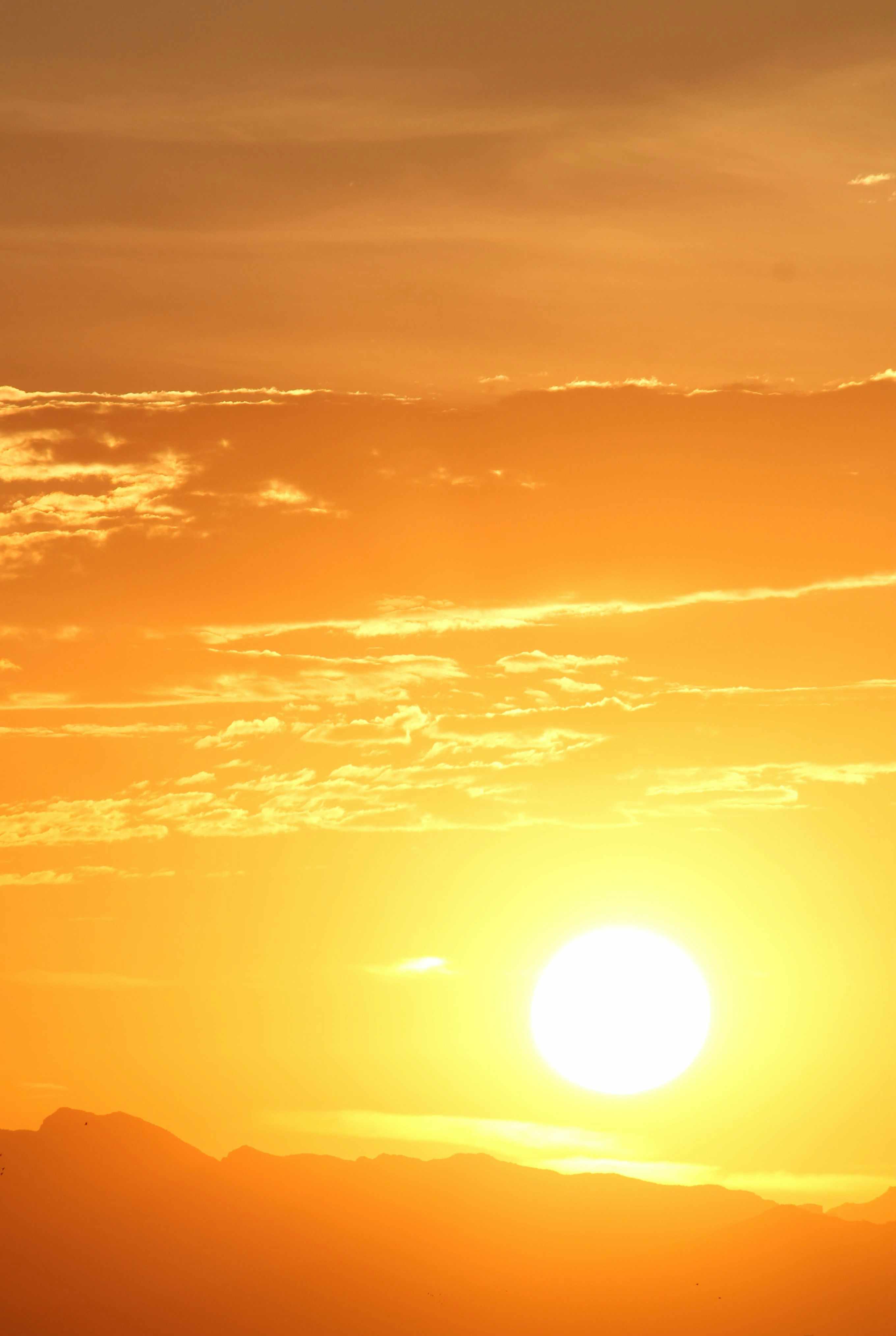16th of September: International Day for the Preservation of the Ozone Layer
Every year on 16th of September, the International Day for the Preservation of the Ozone Layer is celebrated, commemorating September 16, 1987, when representatives from 24 countries signed the Montreal Protocol, in order to limit chemicals, which destroy the vital for the humanity ozone layer. Today, there are 198 countries that have signed this treaty.
Although ozone in the lower levels of the atmosphere is a pollutant, in the upper levels of the atmosphere, at a height of 15 to 30 km (lower stratosphere), it forms a layer that plays an important role in sustaining life, as it absorbs a significant part of ultraviolet radiation. This radiation has a lethal effect on single-celled organisms, causes DNA mutations, cataracts and skin cancers.
Since the 1970s there has been a gradual weakening of the ozone layer which in the mid-1980s led to the creation of a hole over Antarctica. From the investigations that followed, it was found that the cause of this weakening is chlorofluorocarbons (trade name freon), which are used as coolants in refrigerators and air conditioners and as propellant gases in sprays. Since 1994, the European Parliament, in order to reverse the ongoing weakening of the ozone layer, decided to ban the production of chlorofluorocarbons and replace them with hydrofluorocarbons that do not contain the ozone-destroying chlorine.
In the last 20 years, through UN programs, close to 2 billion dollars have been allocated to 130 developing countries to fulfill their obligations arising from the Montreal Protocol. The result is that the reduction of harmful chlorofluorocarbons exceeds 2 million tons over the years.

 English
English
 Ελληνικά
Ελληνικά Русский
Русский
 Original Article Posted by
Konstantis Karatzidis
Original Article Posted by
Konstantis Karatzidis






